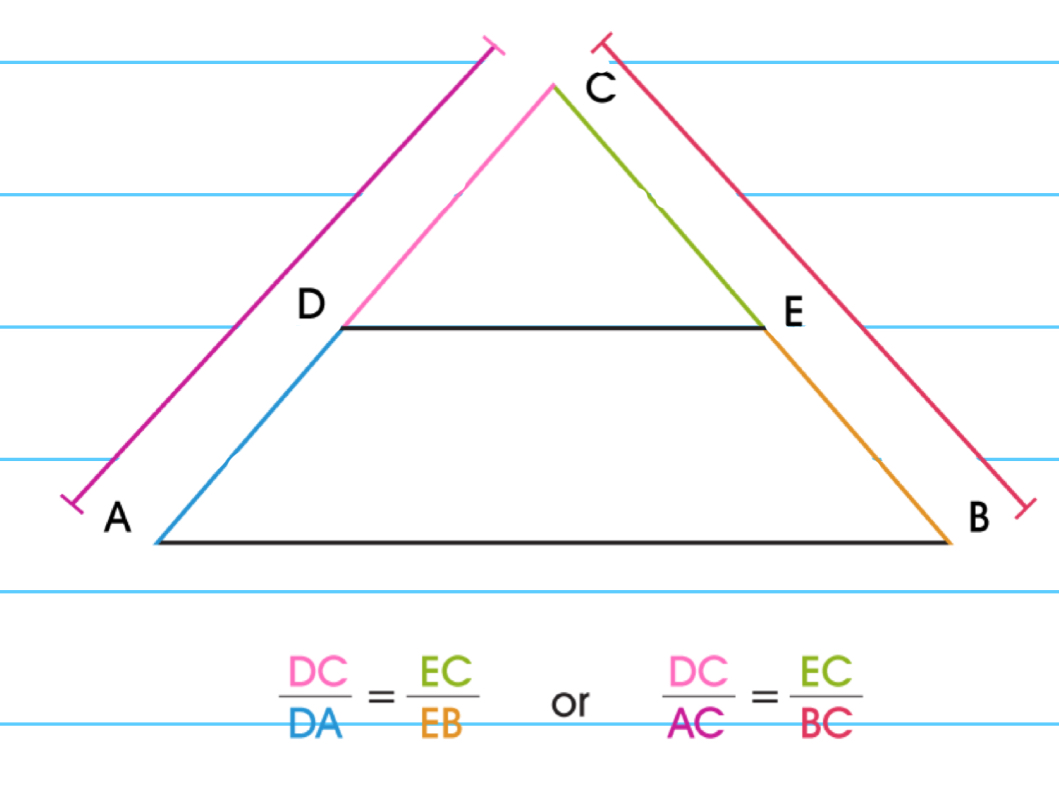AP calculus AB formulas
1/84
There's no tags or description
Looks like no tags are added yet.
Name | Mastery | Learn | Test | Matching | Spaced |
|---|
No study sessions yet.
85 Terms
Definition of Limits

Limit laws
sum law, difference law, constant multiple law, product law, quotient law, power law, and root law
Sum Law

Difference Law

Constant Multiple Law

Product Law

Quotient Law

Power Law

Root Law
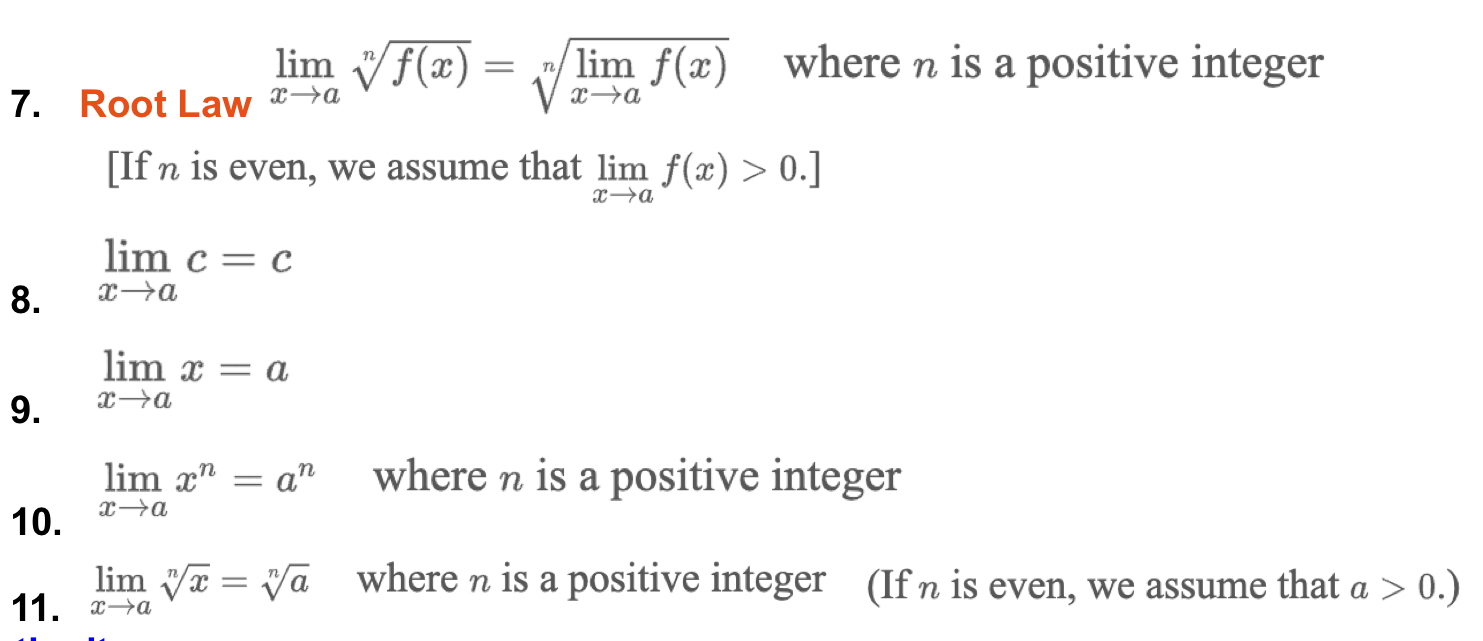
Continuity

Types of Discontinuity
Types of discontinuity include removable, jump, and infinite discontinuity.
Horizontal Asymptotes

Vertical Asympotes

Special Trig Limits

Trig Identities
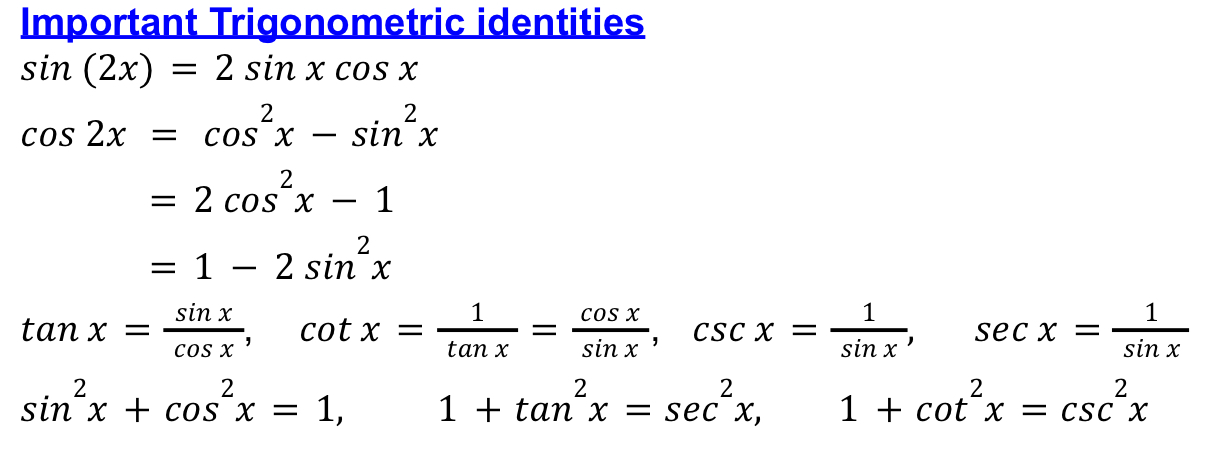
Tangent line

Average Rate of Change (AROC)

Instant Rate of Change (IROC)

Average Value of a Function

Intermediate Value Theorem (IVT)

Extreme Value Theorem (EVT)

Squeeze Theorem

Mean Value Theorem (MVT)
Mean Value Theorem (MVT) There is a number c in (a,b) such that
5' (c) = 5(b) -5(a)
(for f continuous on [a, b] and differentiable on (a, b))
b-a
Informally:
The Mean Value Theorem states that given the right
a
conditions of continuity and differentiability, there will be at least one tangent line parallel to the secant line.
In still other words: The instantaneous rate of change (slope of tangent) will equal the average rate of change (slope of secant) at least once.
![<p><span>Mean Value Theorem (MVT) There is a number c in (a,b) such that</span></p><p><span>5' (c) = 5(b) -5(a)</span></p><p><span>(for f continuous on [a, b] and differentiable on (a, b))</span></p><p><span>b-a</span></p><p><span>Informally:</span></p><p><span>The Mean Value Theorem states that given the right</span></p><p><span>a</span></p><p><span>conditions of continuity and differentiability, there will be at least one tangent line parallel to the secant line.</span></p><p><span>In still other words: The instantaneous rate of change (slope of tangent) will equal the average rate of change (slope of secant) at least once.</span></p>](https://knowt-user-attachments.s3.amazonaws.com/066f612f-f8f2-4467-8241-ba835feace28.png)
Definition on Derivative

Derivative at a single point

Derivative Rules
Power Rule, Log Rule, Exponential Rule, Trig Rule, Inverse Trig Rule
Power rule

Log rule 1

Exponential Rule 1

Trig Rule 1

Inverse Trig Rule

Exponential Rule 2

Log Rule 2

Trig Rule 2

Product Rule

Quotient Rule

Chain Rule

Implicit Differentiate this : x2 + y2 = 36
A technique used to differentiate equations that define y implicitly in terms of x, treating y as a function of x and applying the chain rule appropriately.
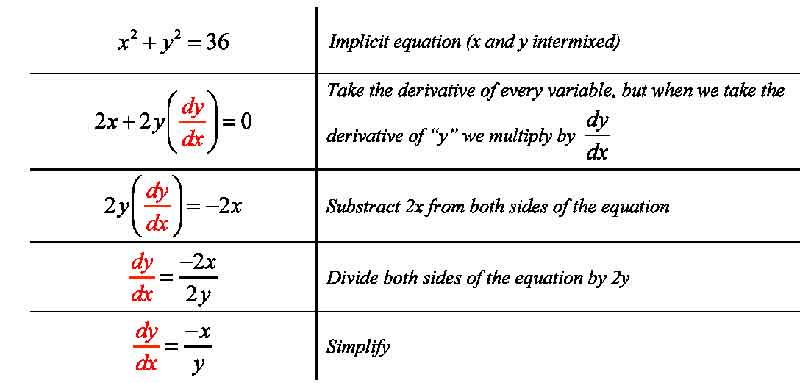
Derivative of Inverse Function

First Derivative Test

Second Derivative test

Position velocity and acceleration (Der & Int)

Velocity rules + speed

Displacement & total distance

L’Hospital’s Rule

Left Riemann Sum

Right Riemann Sum

Midpoint Riemann Sum
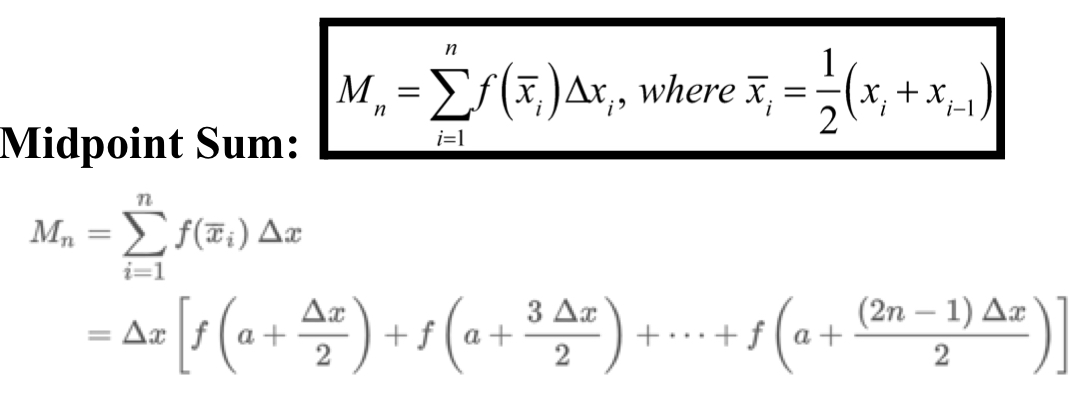
trapezoidal Riemann Sum
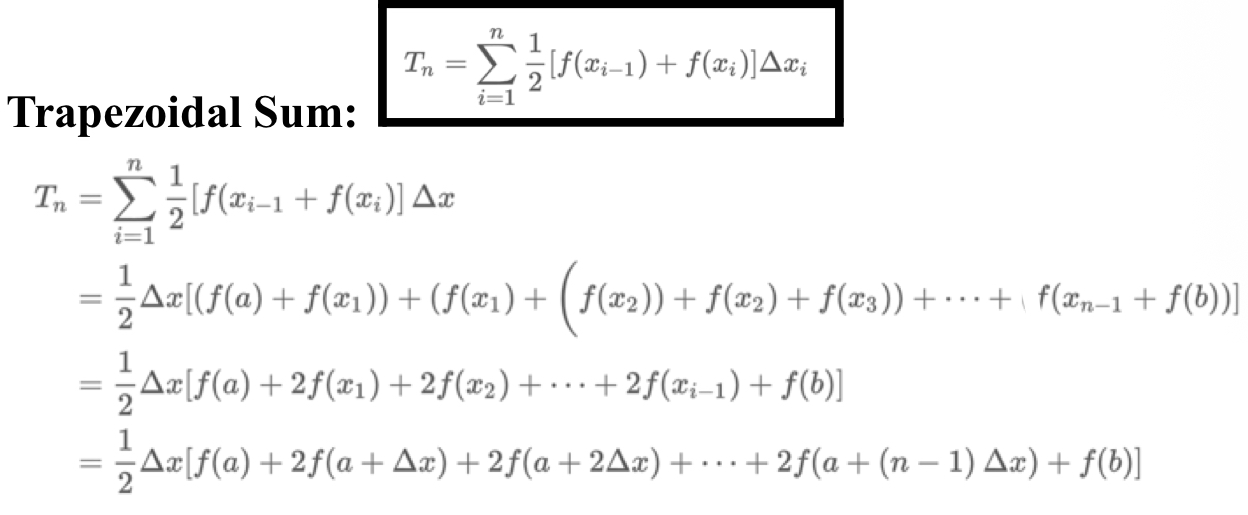
Lower Sums
Rectangles that lie under the graph
Upper sum
Rectangle that extend above the graph
Integral to Limit

Tan Line Approximation

Over/Under approximation

Two Types of Areas Between Curves
(Top-Bottom) & (Right-Left)
(Top-Bottom)

(Right-Left)

3 Volumes of a Solid
Disc Washer, and Known Cross Sections
Disc

Washer

Known Cross Section

Substitution Rule

Even

odd

Integration Rules
Power, Log, Expo, Trig, Inverse Trig
Int Power Rule

Int Log Rule

Int Expo Rule 1

Int Trig Rule 1

Int Inverse Trig Rule

Int Trig rule 2

Int Expo Rule 2

Int Trig Rule 3

Special Integration Rule
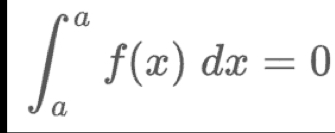
Fundamental Theorem of Calculus

Start plus Accumulation

Slope or Direction Fields
If the segment along each vertical line have the same slope, the differential equation does not depend on y
If the segment along each horizontal line have the same slope, the differential equation does not depend on x
If the segments have positive slope, then there are likely no negatives in the expression from the derivative
If the slopes become larger as x increases, then y’ varies directly with x. Similarly for y
Otherwise, the derivative is inversely related to one or both variables
separate variables and integrate

What does it mean when you are asked to optimize a function.
You find the abs min or max y evaluating the function at critical points and endpoints in the given interval.
Volume of a cylinder
V = πr²h
Volume of a cone
V = 1/3 * (πr²h)
Volume of a sphere
V = 4/3 * πr3
Volume of a Pyramid
V = 1/3 (L* w * h)
Similar triangle theorem
States that if two triangles have proportional corresponding sides, then they are similar and their corresponding angles are equal.
